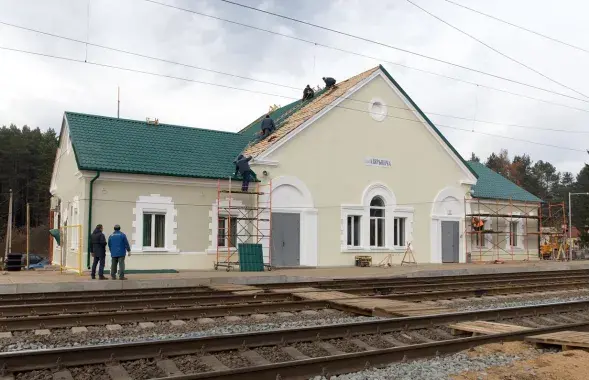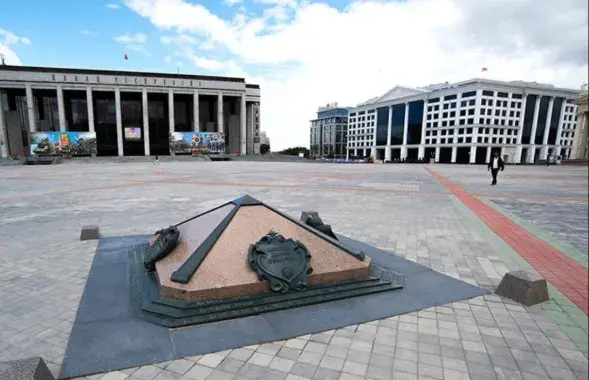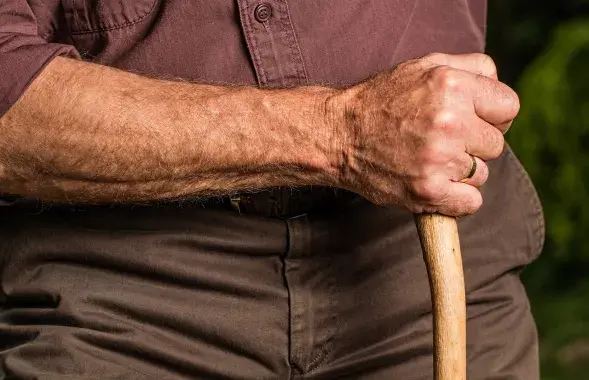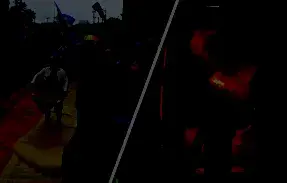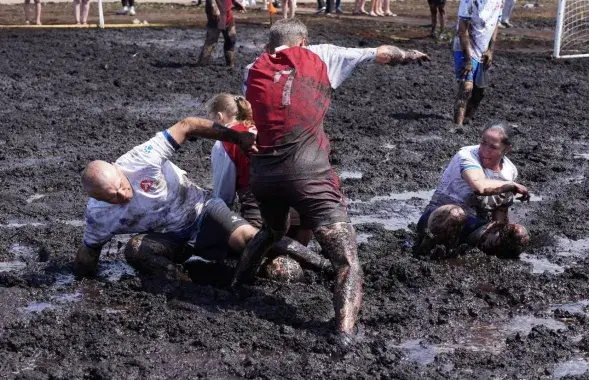Zero casualties in 'burned village': mistake or distortion of truth?

A village was burned down, but there were no dead residents and no destroyed houses / Euroradio
In the cadastral map menu of the National Cadastral Agency (NCA) you can click to see the location of villages "burnt by Nazi invaders and their accomplices during the Great Patriotic War and the postwar period." In social feeds, this has caused a lot of criticism. People argue that the indicated place does not always correspond to reality.
The Belarusians do not dispute the fact of the Nazi atrocities, they question the authenticity of the data on the map. Judging by the description, some burned villages are not that burned after all with zero people killed and zero houses destroyed.
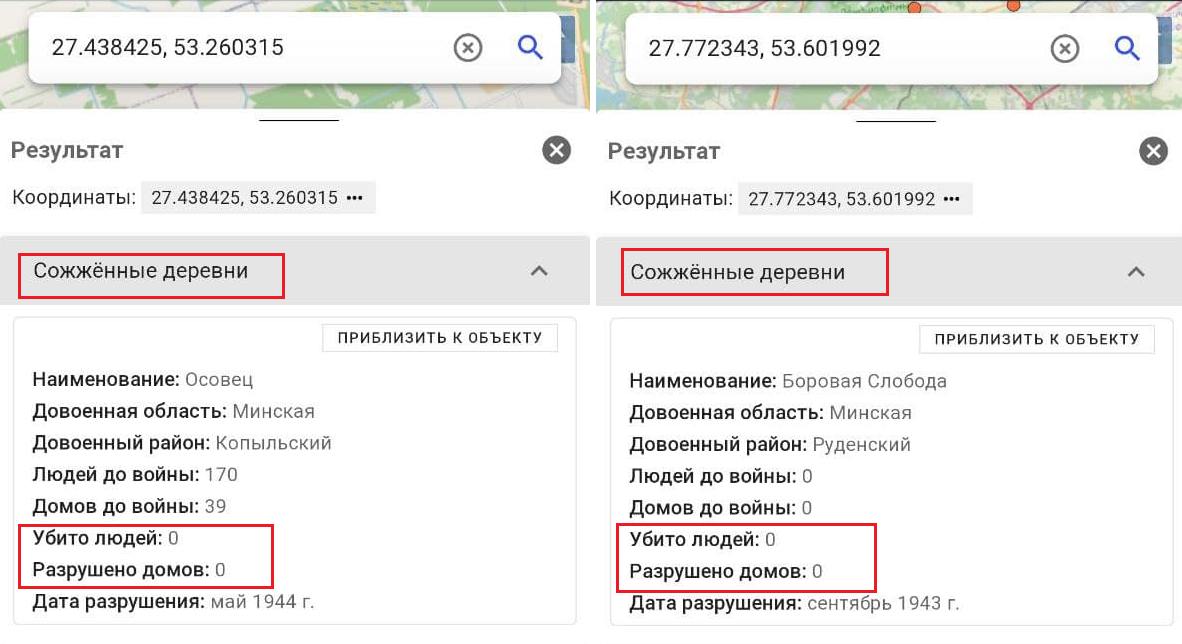
And what about outright inaccuracies in the descriptions? For example, there is a case where the number of village houses destroyed in the alleged punitive operations is more than there were in the village before the war began. Or when a village with zero casualties and zero destruction was "burned" as many as two times. What is this about?

The people whose relatives lived in the burnt-out villages, not indicated on the NCA map, are also bewildered. Why were they forgotten?

Journalist and writer Hanna Sevyarynets recently wrote on Facebook that her village, marked as burnt out, was not really damaged by the fire.
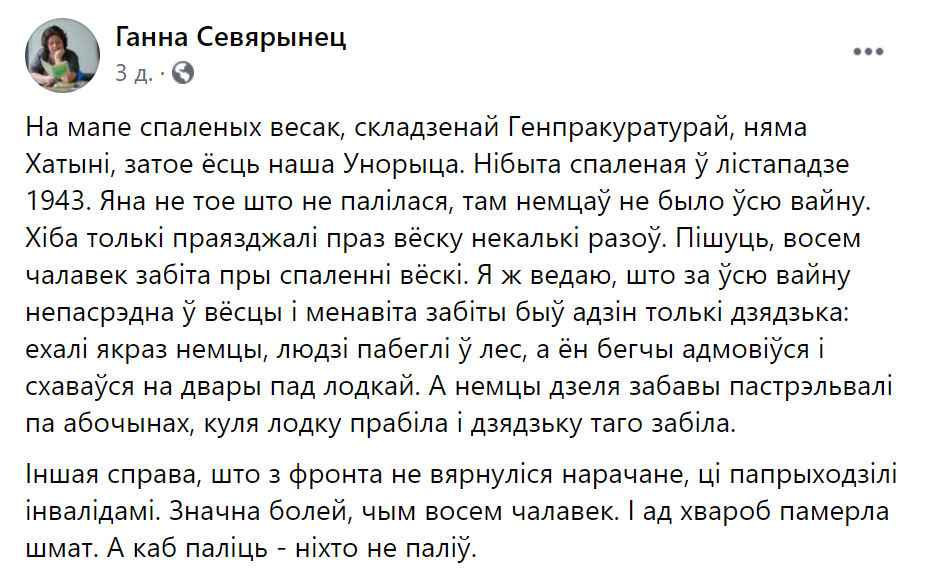
Inaccuracies on the cadastral map: the human factor or no one looked carefully enough?
Some historians have said that the materials of the criminal case opened by the Prosecutor General's Office on the genocide of the Belarusians were taken from the existing database of the National Archives of Belarus, not from the departmental investigation.
The scientists are still working on this database, because not only new information about the crimes of Nazis appears, but also there are enough historical inaccuracies to be corrected.
To find out whether inaccuracies in the description are allowed on the public map, Euroradio called Anatoli Kryvarot, leading researcher of the military history center of Belarus at the Institute of History of the National Academy of Sciences. The scientist redirected us to the National Archives of Belarus: there are people there who deal directly with the subject. We decided to ask Svyataslau Kulink, head of the Publications Department of the National Archives. Who is to blame for the inaccuracies on the cadastral map?
"I have contacted Svyataslau and he told me that he did not take part in the making of this map and did not examine it. Thus, he could not give a comment," an employee of the archive replies to Euroradio.
"They don't really care about credibility or the evidence base"
"Most likely, it was based on the "Burnt Villages" database, which was created in the National Archives several years ago," says Alyaksandr Pashkevich, PhD in history. "I think that the prosecutor's office did not look into it, but adapted it for their own purposes."
In general, this indicates the methods of our prosecutor's office, which, fulfilling the "political order," does not particularly care about the reliability and evidence base. In any case, in order to use such data, each community must be examined separately. I think that the creation of such a map should be treated as an ideological propaganda action rather than a legal step.
Is it appropriate to mention chilling atrocities on the cadastral agency's map?
"The site of the cadastral agency is clearly not a resource where such information should be posted," the historian said. "Rather, it reflects the desire to stuff all such propaganda cases into sites which are not suitable for such content. Of course, maybe it is all due to indifference and low qualification of those who did it [created the map - Euroradio]. They were told to post it somewhere, so they did, and they chose a place. Or it could be a coincidence of two factors -- incompetence and a desire to do it just to tick the box.

Information about the burned villages for the NCA was provided by the Prosecutor General's Office of Belarus. "The layer with information about burned settlements is further filled with information," the Prosecutor General's Office said. But the website fails to mention any corrections of inconsistencies regarding the killed people and destroyed houses.
"There are no plans to investigate deeply, to find the historical truth," continues Alyaksandr Pashkevich. "This is not a scientific work, not a scientific study. The task is to brand someone to use this against domestic opponents and make some noise in the international arena. It has nothing to do with history and science."
What do you think about the fact that the memory of the people who died and lost during the war is - intentionally or accidentally - presented inaccurately?
"Certainly, it is disrespectful, it is the perception of people as expendable material. If the Belarusian authorities treat the living Belarusians in such a way, what can be said about the dead? Some people do not even think that it somehow harms the memory of the dead."


